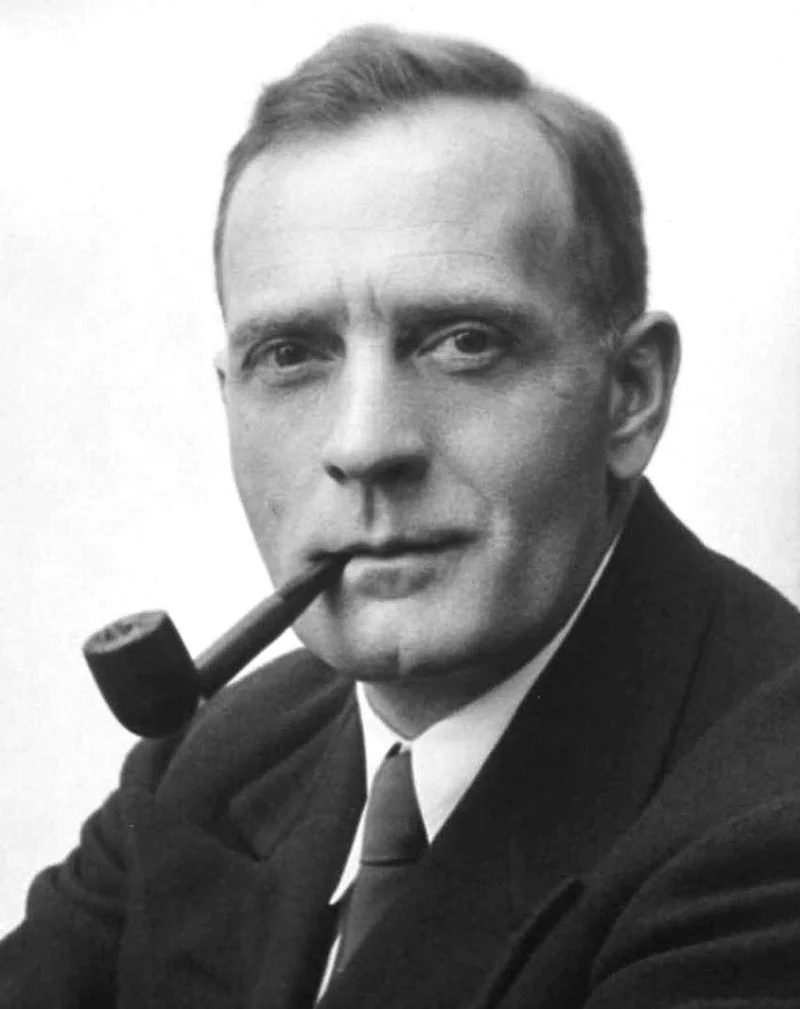Short Summary
Peter Debye was a Dutch-American physicist and physical chemist renowned for his significant contributions to the understanding of molecular structure and thermodynamics. He is most famous for his development of the Debye model of specific heat and his work on dipole moments, which have had a lasting impact on physics and chemistry. Awarded the Nobel Prize in Chemistry in 1936, his research continues to influence scientific thought and experimentation.
Early Life & Education
Peter Debye was born on March 24, 1884, in Maastricht, the Netherlands. He grew up in a modest family, with his father working as a metalworker. Debye excelled in mathematics and science during his early education. He attended the Aachen University of Technology, where he received his degree in electrical engineering in 1905. Influenced by his professors and the scientific environment, he pursued further studies in physics, earning a doctorate from the University of Munich in 1908 under the guidance of Arnold Sommerfeld. This strong educational foundation set the stage for his future groundbreaking research.
Career Highlights
Peter Debye's career was marked by pivotal roles in academia and research. After obtaining his doctorate, he held academic positions at several prestigious institutions, including the University of Zurich, University of Utrecht, and the University of Göttingen. In 1927, he became the director of the Kaiser Wilhelm Institute for Physics in Berlin. Debye’s research during this period led to significant advancements in the understanding of molecular structures, thermodynamics, and quantum theory. His work on X-ray diffraction and dipole moments laid the foundation for future discoveries in physical chemistry and solid-state physics.
Major Achievements
- Developed the Debye model of specific heat, advancing the understanding of solid-state physics.
- Introduced the concept of dipole moments, which became crucial for molecular chemistry.
- Awarded the Nobel Prize in Chemistry in 1936 for his contributions to molecular structure.
- Pioneered the use of X-ray diffraction techniques to study crystal structures.
- Contributed to the development of theories on light scattering and thermodynamics.
Famous Quotes
- "It was my good fortune to be able to contribute to the understanding of molecular structure."
- "Science is a wonderful thing if one does not have to earn one's living at it."
Interesting Facts
- Debye was once a student of the famous physicist Arnold Sommerfeld.
- He emigrated to the United States in 1940, where he continued his research at Cornell University.
- Despite his achievements, Debye remained modest and focused on scientific inquiry over recognition.
- The unit of electric dipole moment, the Debye, is named in his honor.
- He was known for his interdisciplinary approach, integrating physics and chemistry in his research.
Legacy / Influence
Peter Debye's work has had a profound and lasting impact on the fields of physics and chemistry. His contributions to the understanding of molecular structures and thermodynamics are foundational to modern scientific research. The techniques and theories he developed continue to be used in laboratories worldwide, influencing both theoretical and applied sciences. His interdisciplinary approach set a precedent for future generations of scientists.
FAQ
Q: Why is Peter Debye famous?
A: He is famous for his contributions to molecular structure and thermodynamics, particularly the Debye model and dipole moments.
Q: What is the Debye model?
A: It is a theoretical approach to understanding the specific heat of solids at low temperatures.
Q: Did Peter Debye receive any major awards?
A: Yes, he received the Nobel Prize in Chemistry in 1936.
Q: Where did Peter Debye conduct his research in the United States?
A: He conducted his research at Cornell University.










